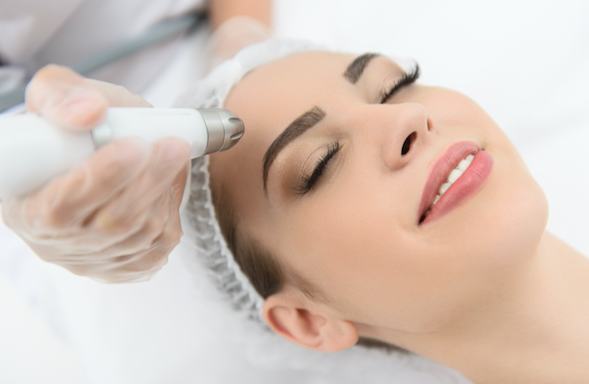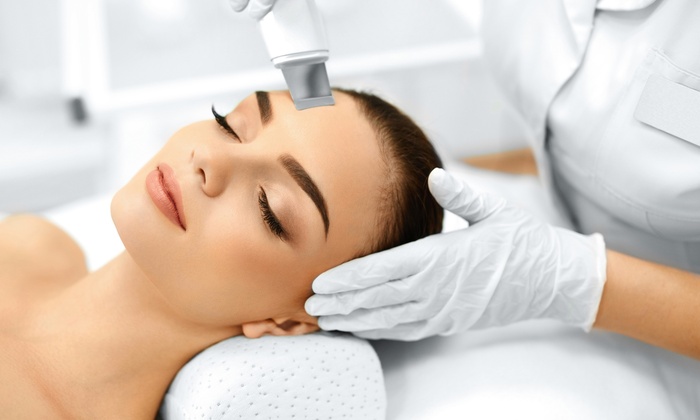
Fractional treatment is a revolutionary laser treatment that helps you to remove years from your appearance. It is a technology in which thousands of microscopic laser columns - each just one-tenth the diameter of a hair follicle - treat a fraction of the skin at a time without affecting the surrounding tissue. These laser columns stimulate the production of younger, smoother, healthier skin to replace damaged tissue.
Traditionally, two kinds of laser treatment have been available for cosmetic skin treatment: ablative and non-ablative.Typical ablative treatments, which use a high temperature to vaporize unwanted tissue, can be effective but with significant side effects and several weeks of recovery time.Non-ablative treatments, meanwhile, have very few side effects and low downtime, but they commonly require numerous treatments to produce more modest results. Fractional laser treatment delivers the potency of ablative treatments with the gentle safety of non-ablative lasers. So you get the best of both worlds: dramatic results and less downtime.

Fractional laser targets age spots/sunspots, fine lines around the eyes, and other pigment irregularities such as melasma and uneven skin tone. The treatment uses microscopic laser columns that penetrate deep into your skin to expedite your body's remodeling of collagen. And since the laser treats only a fraction of tissue at a time, it leaves the surrounding tissue intact, which promotes very rapid healing. You will have minimal downtime, and you'll have very little swelling or redness. Unlike treatments such as IPL or microdermabrasion, which target a very superficial layer of your skin, fractional treatment actually resurfaces your skin by stimulating the growth of new, healthy skin cells from the inside out.

First, your skin will be cleansed. Then, about 60 minutes prior to treatment, a topical anesthetic ointment will be applied to the treatment area. The procedure takes 20 to 25 minutes for a full face.
Clinical studies suggest that on average, an effective treatment regimen is 4 to 6 sessions spaced about 2 to 4 weeks apart. Depending on your condition and schedule, you and the physician may choose to space treatment sessions further apart. Results are immediate and progressive, with optimal improvement usually visible in 2 to 3 months. This time frame and treatment structure allow for complete healing and the production of new collagen and elastin to replace damaged tissue.
Most patients describe a "prickling" sensation during treatment. To minimize discomfort, topical anesthesia is applied before the procedure and cold air is used on the treatment area during the procedure. After the treatment, most patients feel like they have a sunburn, which usually diminishes in 1 to 3 hours.
During the first 24 hours after treatment, your skin may feel like it's sunburned, and it will appear pink or red. You can wear make-up to reduce the sunburned appearance. Your skin will naturally bronze over the next week or two, and as you continue treatment, bronzed appearance will repeat. As with a sunburn, your skin will flake and exfoliate normally. Use a moisturizer to reduce the appearance of dry flakes.
Wear sunscreen of SPF 30 or higher, avoid direct sun exposure for at least 3 months after your last treatment, and wear a wide-brimmed hat when you're in the sun.
It depends on your particular condition and how you care for your skin. Once your skin is treated, continue to protect it as described above. For conditions such as melasma, it is very important to avoid direct sun exposure. Your physician will give you specific advice based on your individual needs.